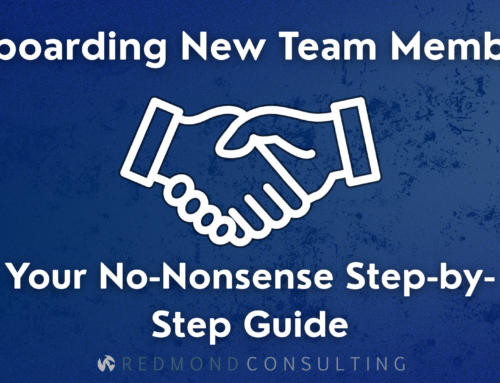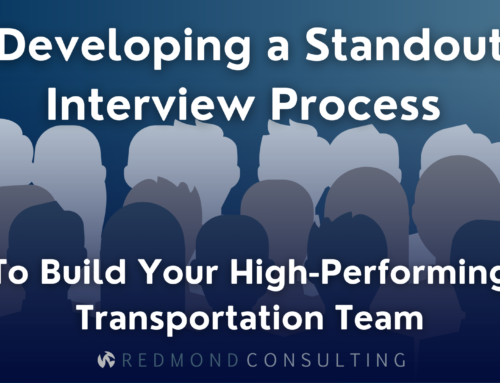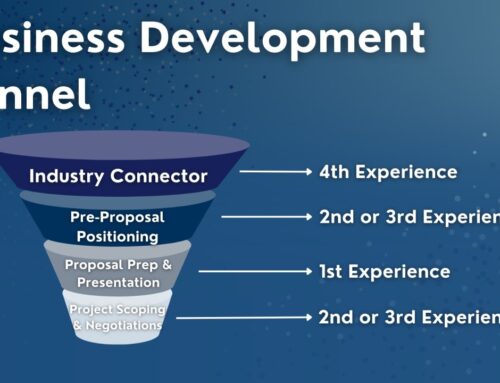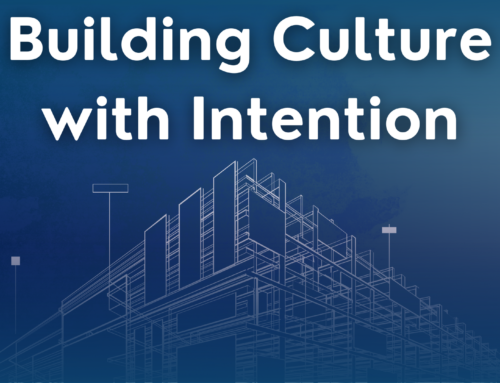Well-being isn’t a new conversation in the ever-demanding consulting industry—but it’s never been more urgent.
Complex, fast-changing policy changes, economic conditions, and demanding work schedules are fueling unprecedented levels of stress and burnout across the workforce. Transportation professionals, in particular, are facing rising pressures that can jeopardize productivity, morale, and retention.
Prioritizing employee well-being does more than just protect your team’s health. It strengthens your employer brand, supports compliance, attracts new candidates in a competitive market, and improves retention of your current workforce. In short, it’s a win-win for your people and your bottom line.
Let’s explore how to build a well-being strategy that keeps your team thriving.
The Critical Link Between Well-being and Performance 🚛
Employee well-being directly impacts daily performance—there’s no way around it. While physical illness might seem like the obvious concern, mental health issues like stress, anxiety, and burnout are just as disruptive to productivity.
Consider this:
- 80% of organizations report concerns about employee mental health (CIPD).
- 77% of professionals say they’ve experienced burnout (Deloitte).
In the public transportation domain, where operational efficiency and safety are paramount, the stakes are even higher. If well-being is neglected, you risk:
❌ Disengagement and reduced morale
❌ Higher turnover rates in an already skill-short market
❌ Damage to your employer brand, pushing future candidates away
Unchecked, these issues can snowball into cultural toxicity and weakened team performance. But with the right strategy, you can turn well-being into a strength.
Build a Proactive Well-being Policy 📝
First things first: define your approach to well-being. This means moving beyond surface-level perks and creating policies that genuinely support your team.
Here’s how:
✅ Offer in-house counseling or mental health resources
✅ Introduce flexible work options like remote or hybrid schedules
✅ Encourage work-life balance with clear boundaries and manageable workloads
Did you know?
➡️ 60% of employees report better mental health when working remotely.
Flexibility isn’t just a perk—it’s a proven way to reduce burnout. Once your well-being policies are established, ensure leadership is fully aligned and prepared to champion these initiatives across the organization.
Foster Open and Transparent Communication 💬
Creating a healthy workplace starts with open dialogue. Employees must feel safe discussing their well-being, challenges, and concerns without fear of judgment.
Practical steps include:
- Train leaders on how to navigate sensitive conversations
- Establish well-being champions or peer support groups
- Regularly survey employees for feedback on workplace stressors
- Host open forums to share updates on well-being initiatives
The goal is to build a culture of psychological safety where employees know they’re heard—and supported.
Cultivate an Inclusive and Supportive Culture 🌍
Culture is a powerful driver of well-being. In fact, 46% of employees say culture impacts their job satisfaction, and 15% of job seekers decline offers due to poor culture.
Fostering inclusion and belonging isn’t just the right thing to do—it’s essential for retention and engagement.
Actionable tactics:
✅ Promote D+I (diversity and inclusion) across all levels
✅ Train teams on recognizing and neutralizing bias
✅ Encourage collaboration and cross-functional relationships
✅ Regularly recognize and celebrate employee contributions
Leaders must consistently and openly model these behaviors to create a ripple effect throughout the organization.
Recognize and Address Burnout Early 🔥
Burnout comes in many forms. Some employees may feel overwhelmed by workload, while others may feel under-challenged or disconnected from purpose.
Watch for red flags:
🚩 Withdrawal from team interactions
🚩 Decline in engagement or missed deadlines
🚩 Increased conflict or irritability
When you spot the signs, act fast:
- Schedule one-on-one conversations to uncover root causes
- Co-create solutions with the employee, such as redistributing workload or clarifying role expectations
- Offer access to mental health resources or flexible schedules
Proactive intervention can prevent long-term disengagement and turnover.
Stay Agile: Continuously Learn and Evolve 🧭
Well-being isn’t static. As the business to government services landscape evolves, so do your team’s needs. Stay curious and responsive by:
✅ Regularly revisiting your well-being strategy
✅ Collecting ongoing feedback from employees
✅ Partnering with your recruitment experts to align hiring with wellness goals
A specialized recruitment partner can help you attract resilient candidates aligned to your culture, promote your well-being initiatives, and reduce the burden on existing staff by swiftly filling vacancies.
Final Thoughts: Build a Culture Where People Thrive 🌱
Prioritizing well-being in your advisory workplace isn’t optional—it’s essential for sustainable success.
By embedding well-being into your culture, policies, and leadership behaviors, you’ll not only retain your current talent but also attract new professionals eager to join an organization that values their health and happiness.





Leave A Comment